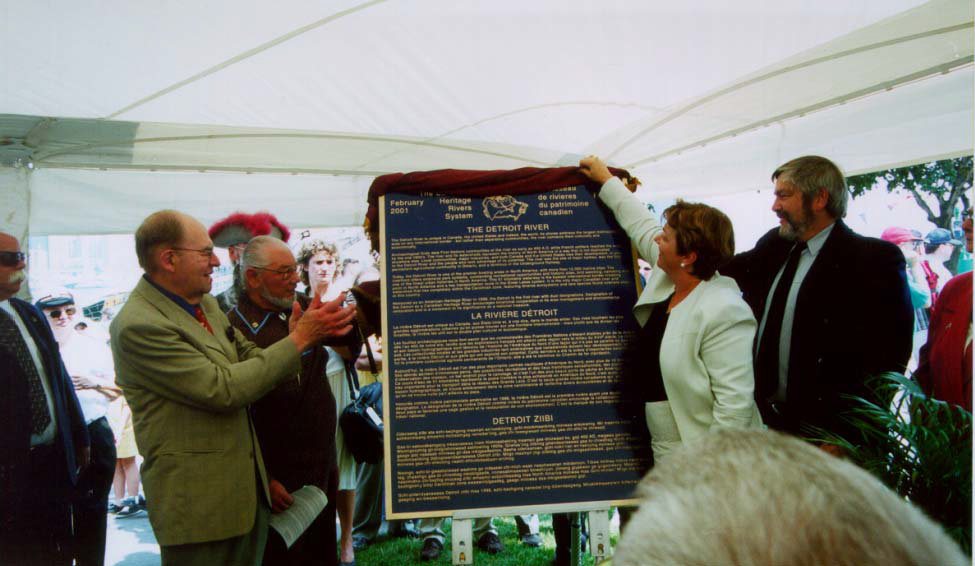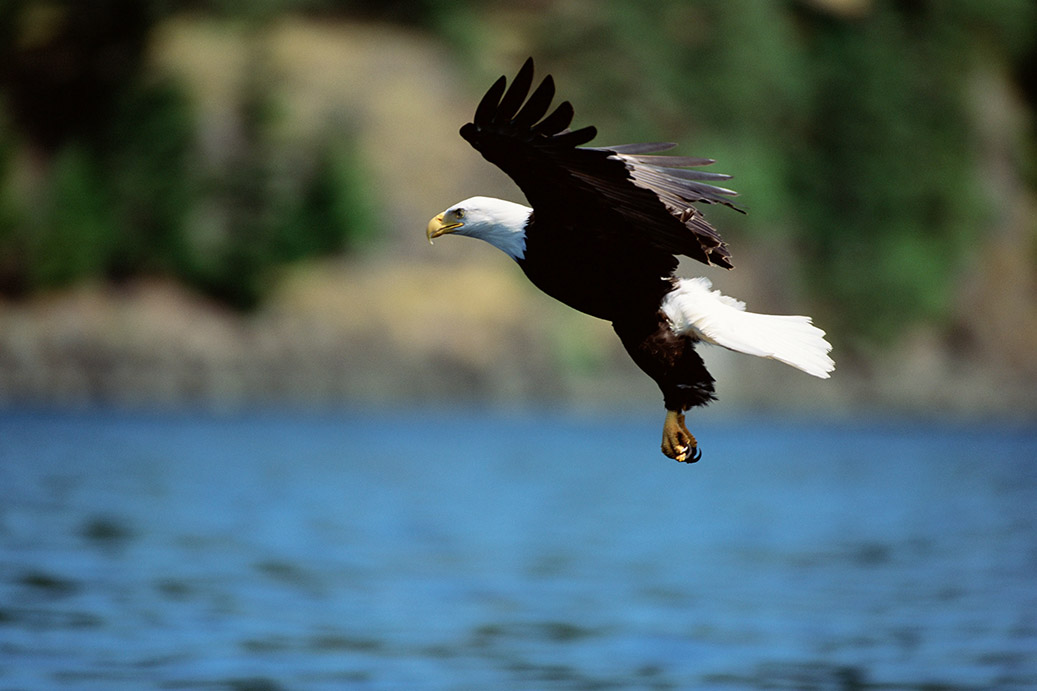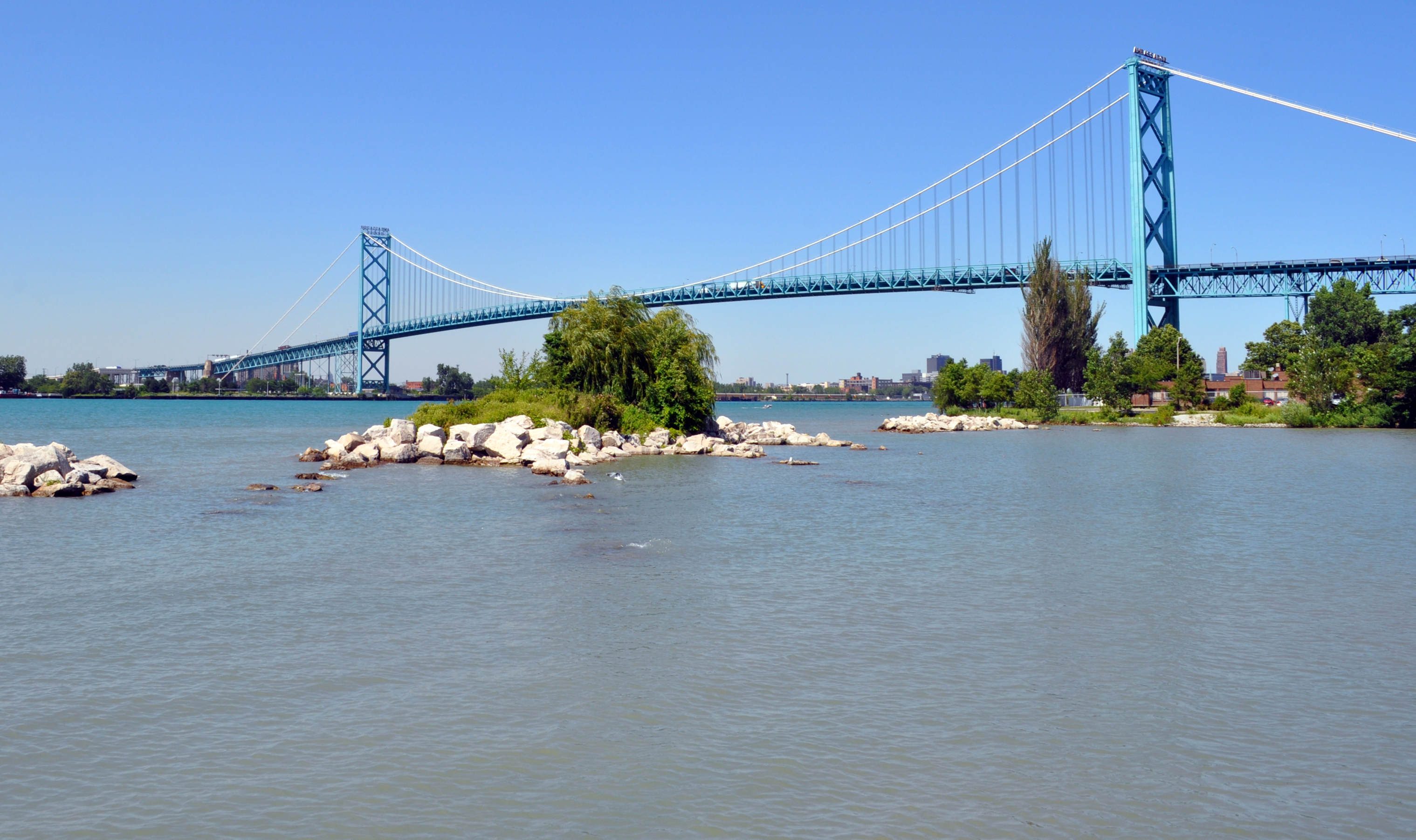It’s hard to believe that two decades have passed since the Detroit River became the first and only river in North America to be designated as a Canadian and American heritage river. On July 19, 2001, dignitaries from the across the region joined then Deputy Prime Minister Rt. Hon. Herb Gray, Minister of Canadian Heritage Sheila Copps, and others at Dieppe Park in the City of Windsor to celebrate this momentous occasion as singers from Walpole Island performed traditional Indigenous music.
The Detroit River has long been considered more of a road than a boundary. In the 1700s, French explorer Antoine de la Mothe Cadillac described it as ‘the earthly paradise of North America’. The Essex Region Conservation Authority (ERCA) led the robust nomination process over a five-year period. Hundreds of community members were engaged to create a comprehensive background report of the river’s history from a cultural, natural, and recreational heritage perspective.
“As the busiest international crossing point in North America, the Detroit River was unique to the Heritage River system, which is mostly known for its pristine rivers. Embarking on this initiative, we knew it was going to be a challenge, but the community-wide effort was an exceptionally positive experience,” recalls Ken Schmidt, ERCA’s retired General Manager who championed the effort. “However, we knew the results would be valuable to the entire community, and its designation would synergistically benefit the river’s cleanup and restoration efforts. The river transcends four municipalities and ERCA had the capacity, interest, and experience to bring together cultural, natural, and recreational heritage resources in a collaborative manner.”
The Detroit River’s rich cultural heritage includes the river’s important role as a terminus in the Underground Railroad, its importance to Canada’s military history, colorful rum-running stories, and its value to Indigenous peoples from time immemorial, all which elevated its status for consideration into the system.
From a recreational perspective, the river features a world class fishery, and is known as the ‘Walleye Capital of the World’. The Detroit riverfront promenades that have been created across Windsor, LaSalle, and Amherstburg highlight the river’s recreational draw for the region. At any time of day, people fish, bike, run, boat, walk, and play along the river. The publicly accessible shorelines, trails, docks, marinas, viewing platforms, and boardwalks offer outstanding opportunities for residents and visitors to enjoy sightseeing and participate in bird watching, angling, exercising, and nature viewing.
As the southern-most Canadian river within the Heritage River system, the river features incredible biodiversity. However, as a designated Area of Concern, the River’s Management Plan had to address how to improve its natural heritage values. Working with the already-established Detroit River Canadian Cleanup through the Federal, Provincial and Local Remedial Action Plan, since 2000, a total of 277 habitat restoration projects have been implemented to increase and improve natural heritage values in the Detroit River and its watershed, including 207 tree planting projects, 56 wetland restoration projects, 32 prairie restoration projects, 18 shoreline restoration projects, 15 fish habitat projects, and 12 native garden projects.
“There are many signs that these efforts are truly restoring the river,” says Jacqueline Serran, Remedial Action Coordinator for the Detroit River Canadian Cleanup. “A variety of plants and animals call the river home, and we are seeing the return of Bald Eagles nesting, feeding, and living in different locations along the channel and in the watersheds. Lake Sturgeon, a fish species at risk, has had a population rebound in the river. In fact, earlier this year, a 240 lb., 100-year-old Lake Sturgeon was caught in the river.”
Like the dual Heritage River designation, numerous cleanup efforts are coordinated bi-nationally, and in fact, aspects of the American Heritage Rivers System were developed to complement the Canadian Heritage Rivers System.
“It truly was a unifying exercise on both sides of the river,” Schmidt adds. “It was inspiring how every person and organization involved was invested in and committed to working together for the benefit of the river. There’s no question that the Detroit River is an incredibly valuable resource to our community and that in many cases, it defined our region’s growth, and continues to provide for new opportunities.”
Since designation, new efforts to showcase the values of the river have included expanded trails to provide riverfront access, park development, and the creation of interpretive signs to highlight the Detroit River Heritage Parkway. In celebration of this milestone, new tourism itineraries to showcase the river’s highlights have been developed. Together with the regional community, the values for which the Detroit River was designated continue to be conserved, enhanced, and appreciated.



